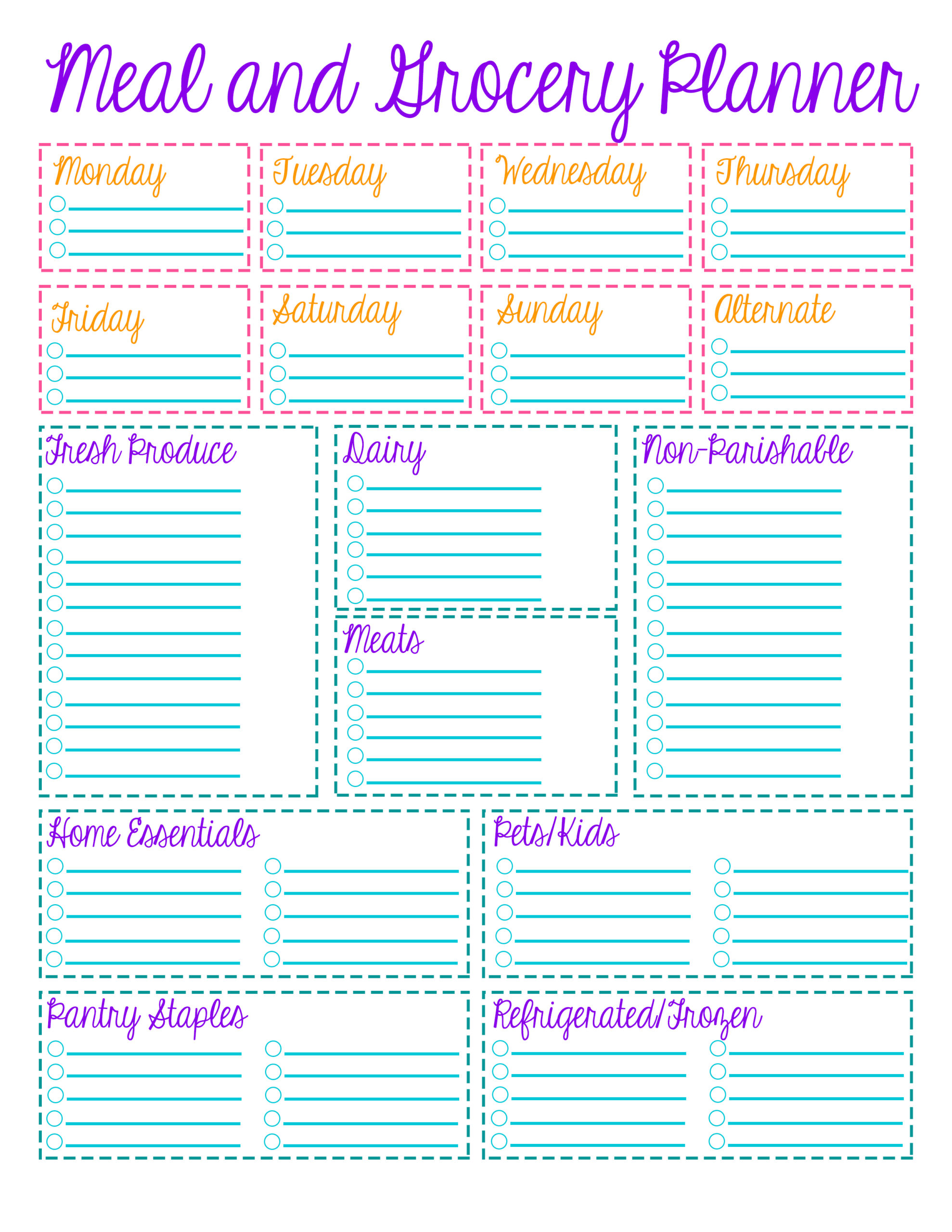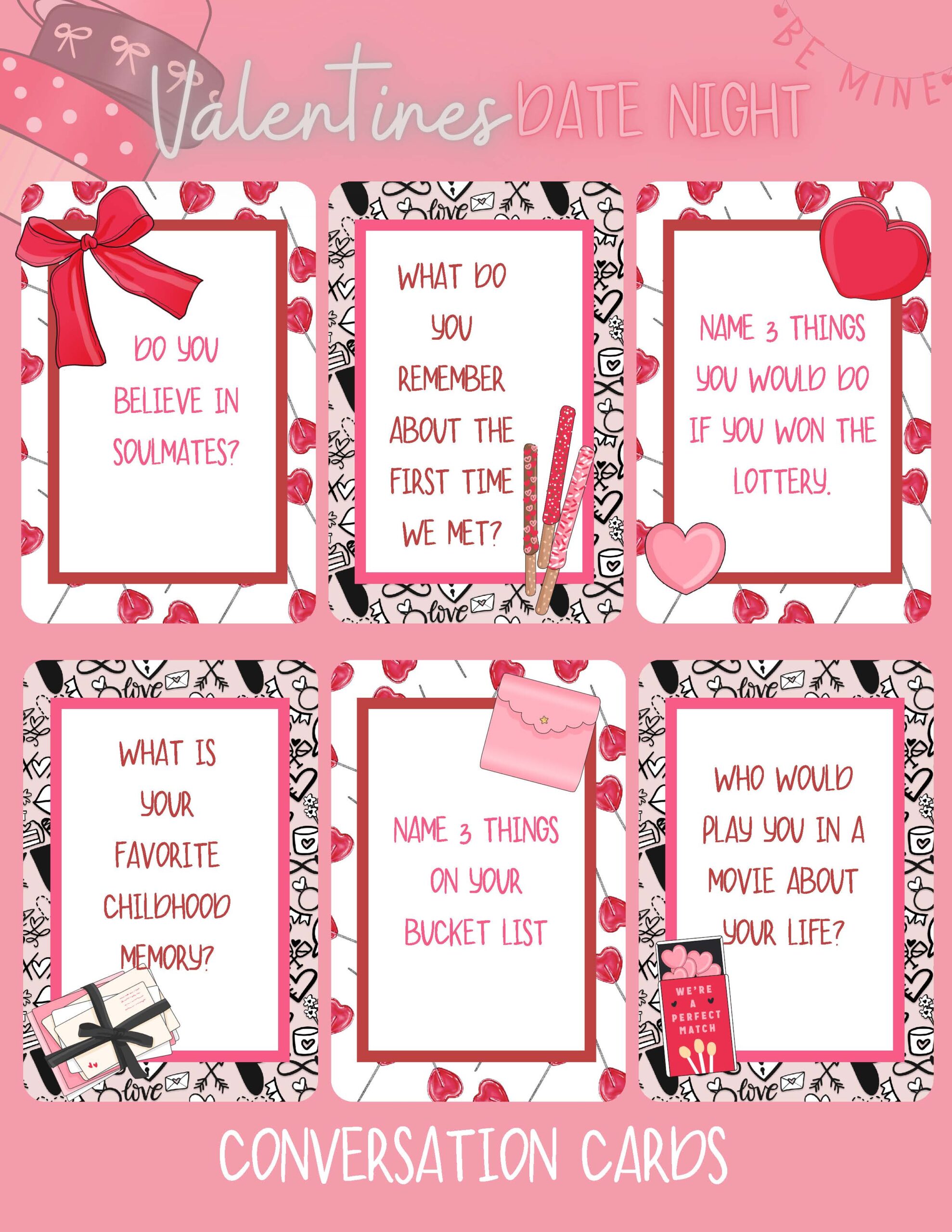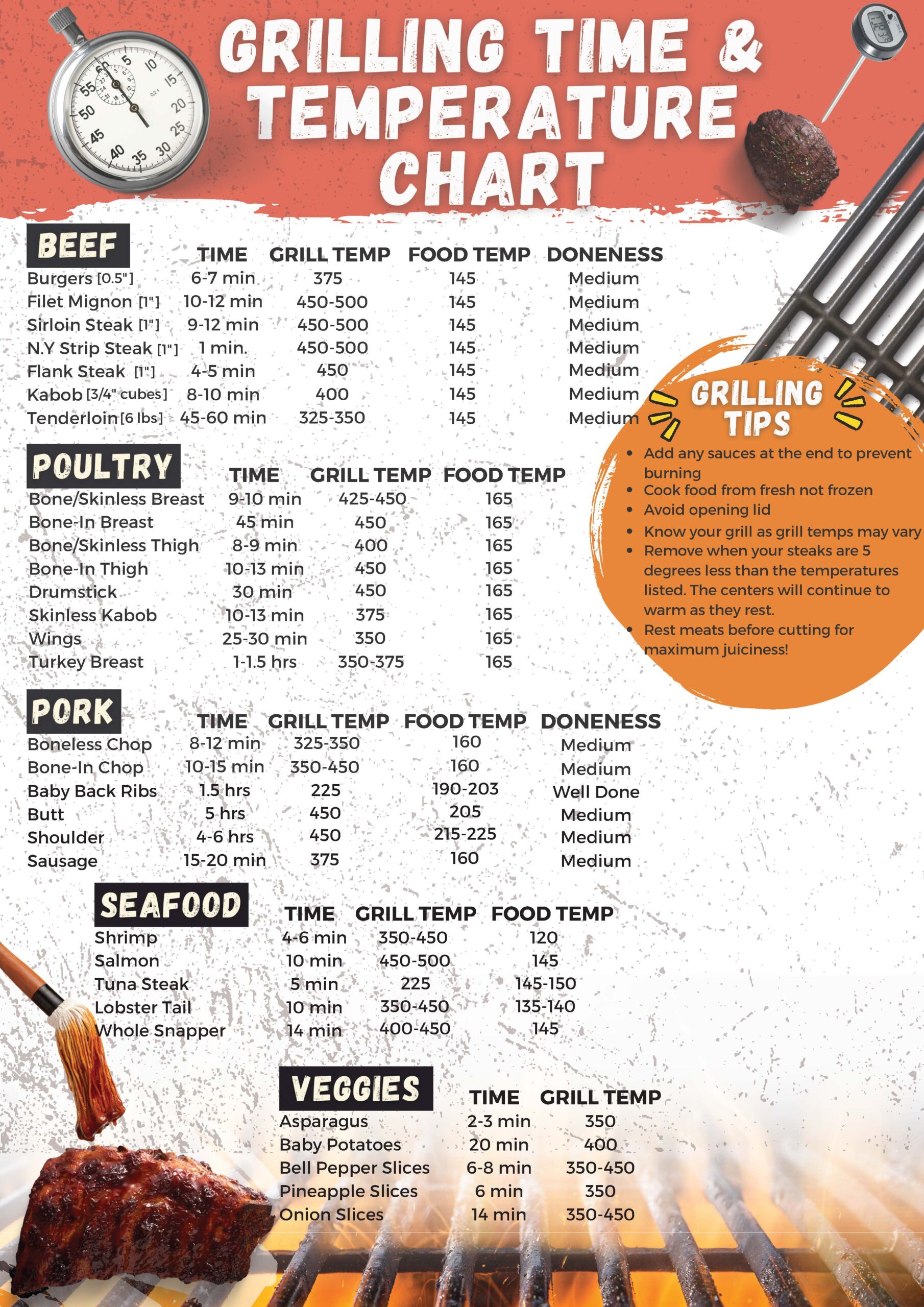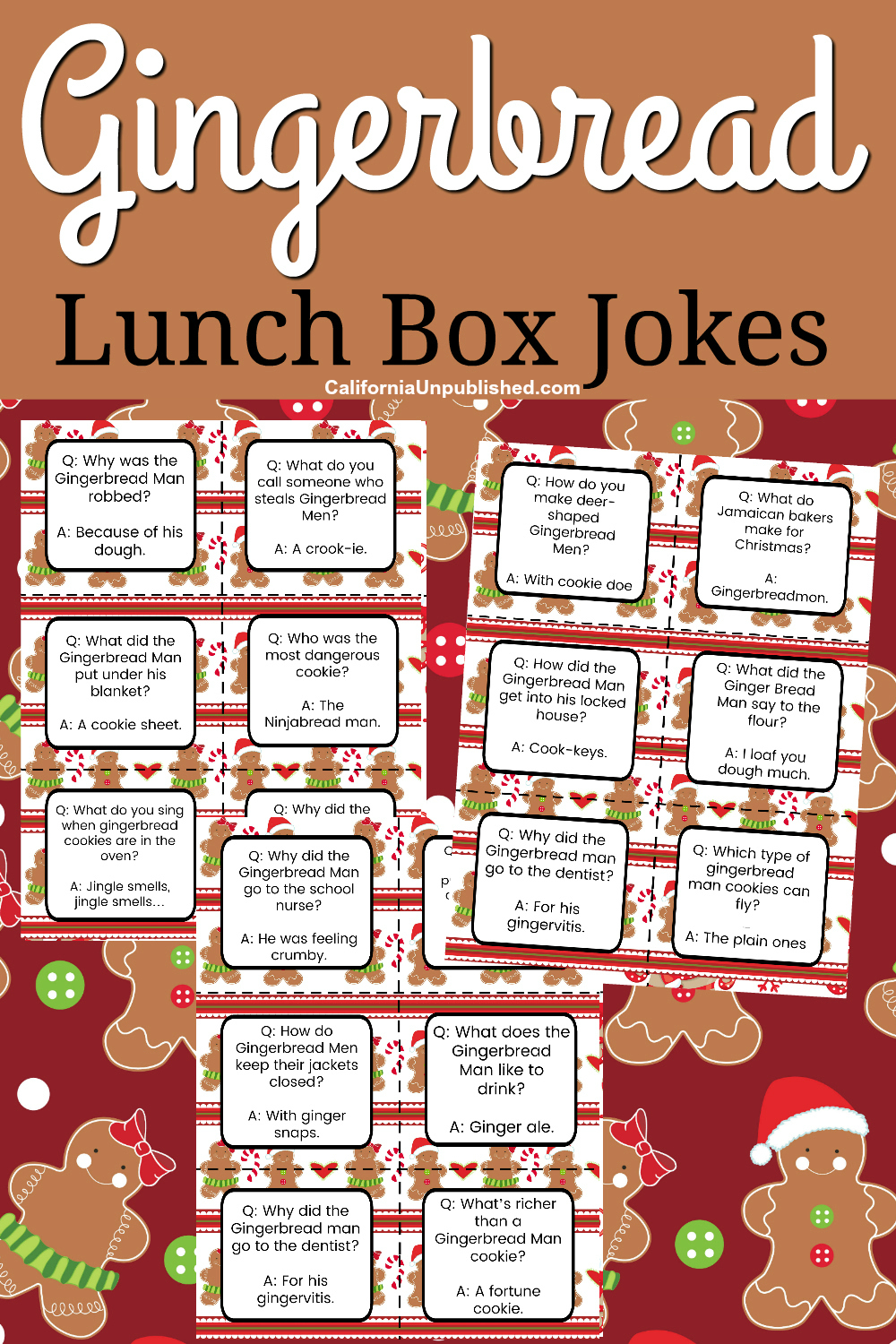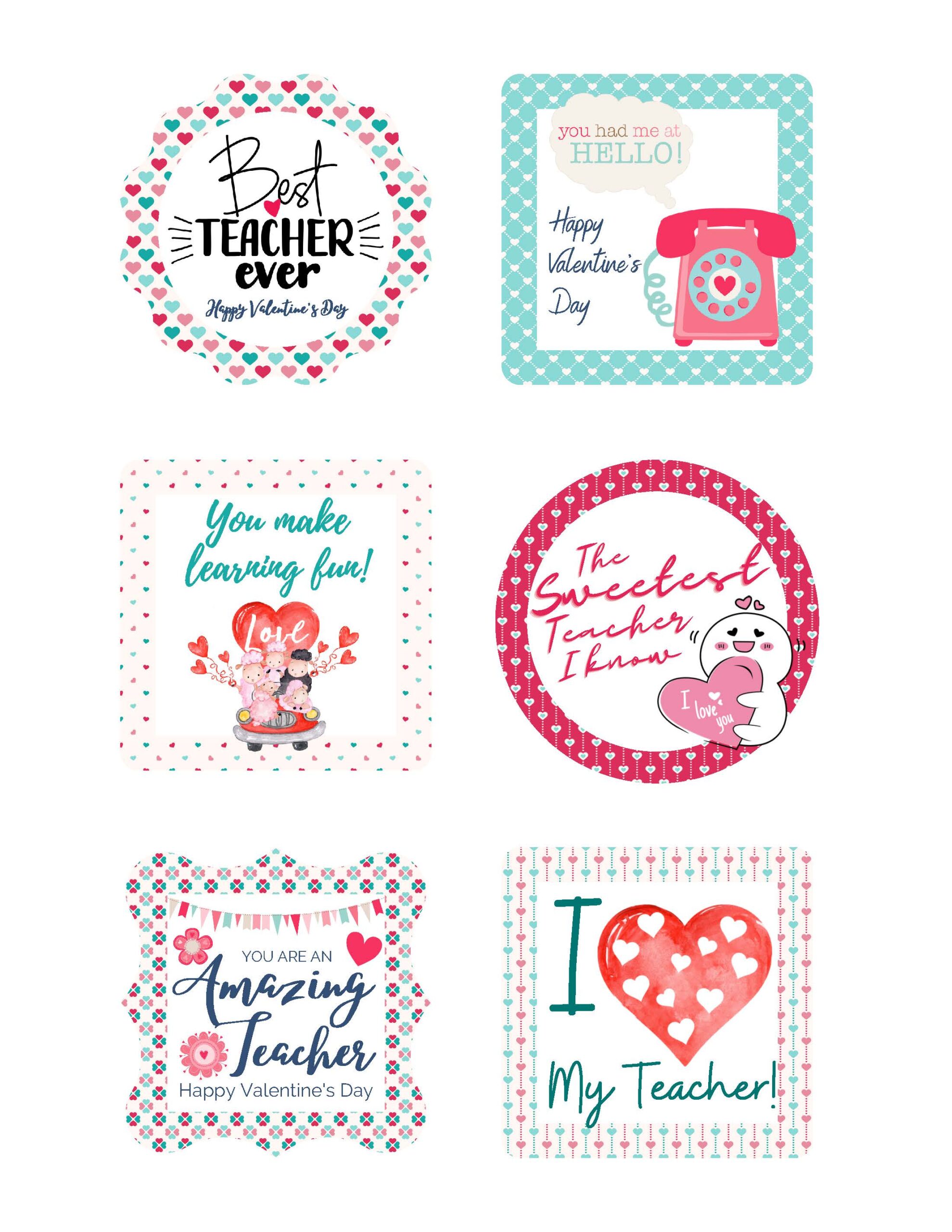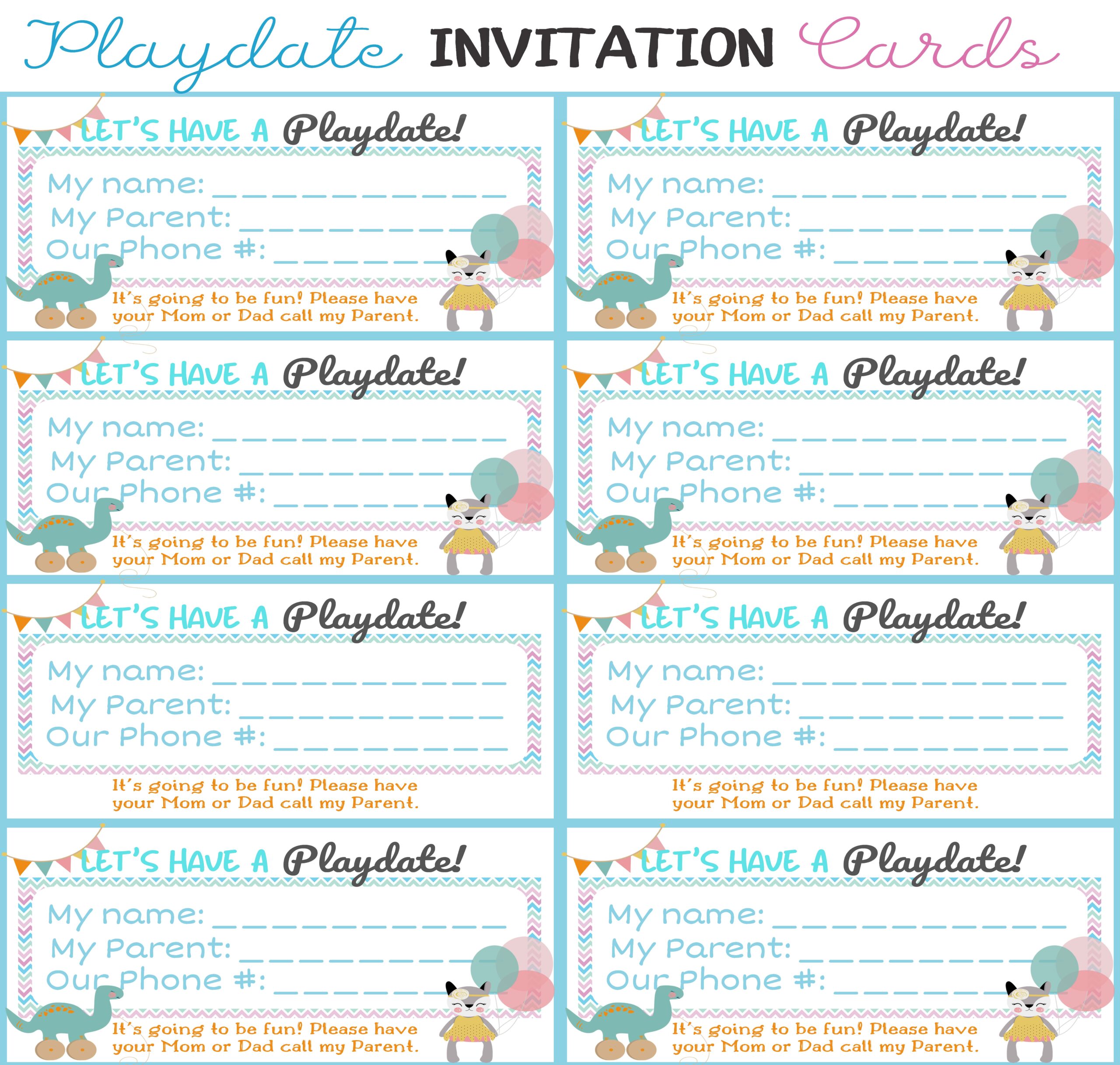Free Printable Meal Planner and Recipe Cards: Organize Your Meals with Ease!
Are you looking for a way to simplify your meal planning process? Do you struggle with deciding what to cook each day or find yourself making multiple trips to the grocery store each week? Look no further than our free printable meal planner and recipe cards. These templates are designed to help you stay organized, save time, and even save money on your grocery bill.
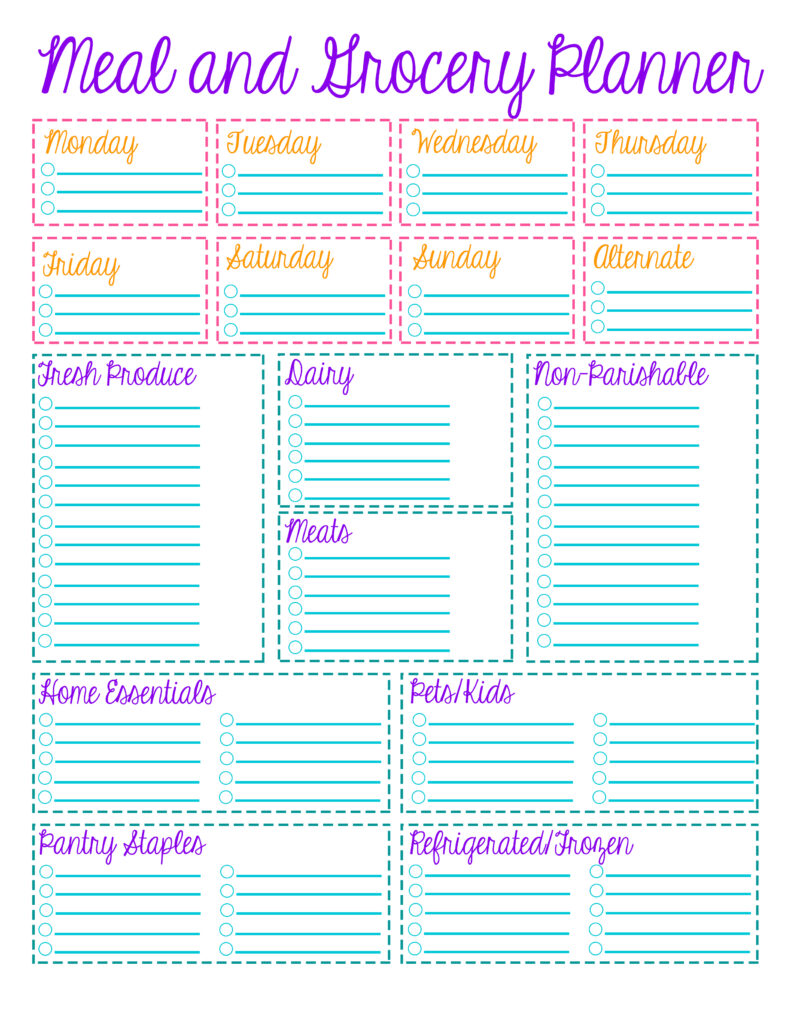
Whether you're a busy parent trying to feed a family on a budget or a health-conscious individual looking to plan nutritious meals, our free printable meal planner and recipe cards are a great resource. With just a few clicks, you can download and print out templates that will help you streamline your meal planning process and make cooking enjoyable again.
Free Printable Meal Planner and Recipe Cards: Organize Your Meals with Ease!
Benefits of Meal Planning
Meal planning is a great way to get organized and save time, money, and effort in the kitchen. Here are a few benefits of meal planning:
Saving Time and Money
Meal planning can save time and money by helping us avoid last-minute trips to the grocery store and reducing the number of times we eat out. When we plan our meals ahead of time, we can make a list of the ingredients we need and buy them all at once, which can save us money and time. Plus, we can prepare meals in advance and freeze them, so we always have something healthy and delicious to eat, even on busy days.
Healthier Eating Habits
Meal planning can also help us develop healthier eating habits. When we plan our meals, we can choose healthier ingredients and prepare them in a way that is both delicious and nutritious. We can also make sure that we are getting all the nutrients we need by including a variety of fruits, vegetables, whole grains, and lean proteins in our meals.
Reducing Food Waste
Meal planning can also help us reduce food waste. When we plan our meals, we can buy only the ingredients we need and use them before they go bad. We can also use leftovers from one meal to create another meal, which can help us save money and reduce food waste.
Getting Started with Meal Planning
If you're new to meal planning, don't worry, we've got you covered! Meal planning can seem overwhelming at first, but it's actually quite simple once you get the hang of it. In this section, we'll cover the basics of meal planning to help you get started.
Understanding Your Dietary Needs
Before you start meal planning, it's important to understand your dietary needs. This means taking into account any food allergies, intolerances, or dietary restrictions you may have. It's also important to consider your overall health goals, such as losing weight or maintaining a healthy weight.
Once you have a good understanding of your dietary needs, you can start to plan your meals accordingly. This may involve researching meal ideas that fit within your dietary restrictions or creating your own recipes that meet your specific dietary needs.
Setting Meal Planning Goals
Setting meal planning goals can help you stay on track and make the most of your meal planning efforts. Start by deciding whether you want to plan your meals on a weekly or monthly basis. This will depend on your personal preference and schedule.
Once you've decided on your meal planning schedule, set some goals for yourself. For example, you may want to aim to cook a certain number of meals at home each week or incorporate more vegetables into your meals. Whatever your goals may be, make sure they are realistic and achievable.
To help you stay on track with your meal planning goals, consider using a printable meal planner or recipe cards. These can be a great way to stay organized and keep track of your progress.
Creating Your Meal Plan
When it comes to meal planning, it can be overwhelming to figure out what to eat for the week. That's why we've put together some tips to help make the process easier.
Choosing Meals for the Week
The first step in creating your meal plan is to choose which meals you want to make for the week. We recommend starting with dinners and then working backwards to breakfasts and lunches. This way, you can plan to use any leftovers from dinner for your lunches.
To get some ideas for meals, you can use a weekly meal planner or meal plan templates. These templates can help you organize your meals for the week and make sure you don't forget any important ingredients.
Incorporating Leftovers and Snacks
When planning your meals for the week, don't forget to incorporate leftovers and snacks. Leftovers can be a great way to save time and money, and they can also help reduce food waste. For example, if you make a big pot of soup for dinner one night, you can have the leftovers for lunch the next day.
Snacks are also an important part of meal planning. They can help you stay full between meals and prevent you from overeating. Some good snack options include fruits, nuts, and veggies with hummus.
Balancing Nutritional Value
When planning your meals for the week, it's important to make sure you're getting a good balance of nutritional value. This means including a variety of foods from different food groups, such as fruits, vegetables, whole grains, and lean proteins.
For example, you could plan to have fish for dinner one night, a veggie omelet for breakfast another day, and a quinoa salad for lunch. By including a variety of foods, you can ensure that you're getting all the nutrients your body needs.
Meal Planning Templates and Tools
When it comes to meal planning, having the right tools and templates can make all the difference. Here are some things to consider when selecting the right meal planning template or tool for you.
Selecting the Right Template
There are many different types of meal planning templates available, from weekly and monthly planners to templates that include grocery lists and recipe cards. When selecting a template, it's important to consider your specific needs and preferences. Do you prefer a simple, streamlined planner, or one with more detailed sections for tracking meals, snacks, and grocery lists? Are you looking for a printable template or a digital one that you can edit on your computer or mobile device?
Digital vs. Printable Planners
Both digital and printable planners have their advantages and disadvantages. Digital planners can be more convenient, as you can easily edit and update them on your computer or mobile device. However, they may require a PDF reader or software like Adobe Acrobat to use. Printable planners, on the other hand, can be more customizable and allow you to physically write in your meal plans and grocery lists. They may also be easier to use if you prefer a more tactile approach to planning.
Useful Meal Planning Apps
In addition to templates and printable planners, there are also many meal planning apps available that can help simplify the process. Some popular apps include Mealime, which offers personalized meal plans and grocery lists based on your dietary preferences, and Plan to Eat, which allows you to import and organize your own recipes and create custom meal plans. Other useful meal planning apps include Paprika Recipe Manager, which allows you to save and organize recipes from around the web, and Yummly, which offers personalized recipe recommendations based on your tastes and dietary restrictions.
Ultimately, the right meal planning template or tool for you will depend on your specific needs and preferences. Whether you prefer a printable planner or a digital app, having a plan in place can help make meal planning and preparation easier and more enjoyable.
-> Download and print our free Free Printable Meal Planner and Recipe Cards here! <-

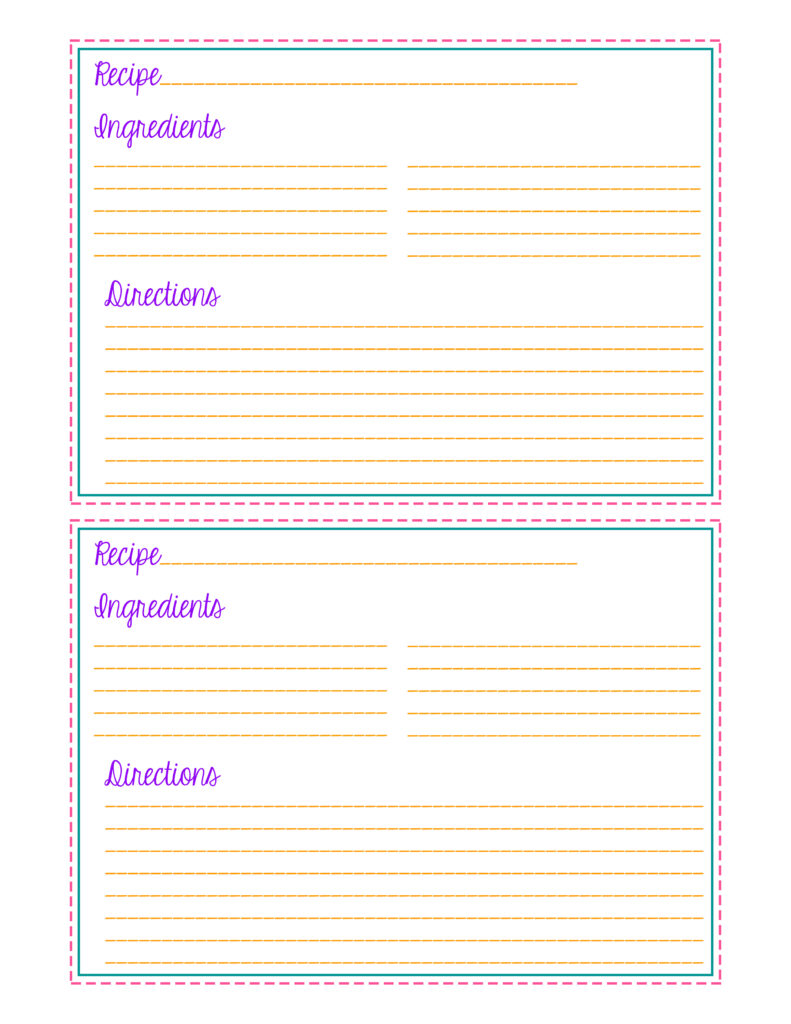
Organizing Your Grocery Shopping
When it comes to meal planning, creating an efficient grocery list is key. Here are a few tips to help us make the most of our grocery shopping trips.
Creating an Efficient Grocery List
The first step in organizing our grocery shopping is creating a comprehensive grocery list. Start by taking inventory of what we already have in our pantry and freezer. This will help us avoid buying unnecessary items and save money in the long run. We can create a table or list to keep track of what we have and what we need.
Next, we can plan our meals for the week and make a list of the ingredients we need for each recipe. This will ensure that we have everything we need to make our meals and avoid last-minute trips to the grocery store. We can also categorize our list by section, such as produce, dairy, and meat, to make our shopping trip more efficient.
Navigating the Grocery Store
Once we have our grocery list, it's time to navigate the grocery store. We can start by heading to the produce section and picking up our fruits and vegetables. Then, we can move on to the meat and dairy sections and pick up any items on our list.
It's important to stay focused and avoid getting sidetracked by tempting snacks or items that are not on our list. We can also save time by using the self-checkout or online ordering options if they are available.
Utilizing Pantry and Freezer Inventory
Finally, we can make the most of our pantry and freezer inventory by incorporating items we already have into our meal plan. For example, if we have canned beans or frozen vegetables, we can use them in a recipe instead of buying fresh produce.
By utilizing our pantry and freezer inventory, we can reduce food waste and save money on our grocery bill. We can also make a note of any items we need to restock in our pantry and freezer inventory to ensure that we always have what we need on hand.
Recipe Collection and Management
As we all know, keeping track of our favorite recipes can be a daunting task. However, with the help of free printable meal planners and recipe cards, we can easily organize our recipes and make meal planning a breeze. In this section, we will discuss some tips and tricks for managing our recipe collection.
Organizing Your Favorite Recipes
One of the best ways to organize your favorite recipes is by creating a recipe binder. You can use a printable recipe binder template to create a customized binder that suits your needs. You can organize your recipes by category, such as appetizers, entrees, desserts, etc. You can also include a table of contents to make it easy to find your recipes.
Another way to organize your recipes is by using a digital recipe organizer. There are many free apps and websites that allow you to store and organize your recipes online. This is a great option if you prefer a paperless solution.
Using Recipe Cards
Recipe cards are a great way to keep track of your favorite recipes. You can use printable recipe cards to write down your recipes and keep them organized. Recipe cards come in different sizes and styles, so you can choose one that suits your needs.
When creating your recipe cards, make sure to include the name of the recipe, the ingredients list, and the cooking instructions. You can also include a photo of the finished dish to make it more visually appealing.
Another great way to use recipe cards is to create a recipe box. You can use a printable recipe card template to create your own recipe cards, which you can then store in a box. This is a great option if you prefer a physical solution.
Meal Prep Strategies
When it comes to meal prep, there are a few strategies that we like to use to make the process as efficient and effective as possible. Here are some of our favorite meal prep strategies:
Batch Cooking
Batch cooking is a great way to save time and ensure that you always have healthy meals on hand. We like to choose one or two recipes each week and make a big batch of them on Sunday. This way, we have meals ready to go for the entire week.
To make batch cooking even easier, we like to use our slow cooker or Instant Pot. These appliances allow us to cook large quantities of food with minimal effort. We can simply set it and forget it, and come back to a delicious meal later in the day.
Storing and Reheating Meals
Once we've cooked our meals, we like to store them in individual containers so that they're easy to grab and go. We prefer glass containers because they're reusable, environmentally friendly, and don't retain odors or flavors.
When it's time to reheat our meals, we like to use our microwave or oven. If we're using the microwave, we make sure to use a microwave-safe container and cover it with a lid or microwave-safe wrap. If we're using the oven, we preheat it to 350°F and bake our meal for 15-20 minutes.
By using these meal prep strategies, we're able to save time, eat healthy, and reduce food waste.
Additional Meal Planning Resources
When it comes to meal planning, there are many resources available to help you stay organized and inspired. Here are a few of our favorite additional resources:
Inspirational Meal Planning Blogs
Blogs are a great way to find inspiration for your meal planning. Some of our favorite meal planning blogs include:
- Skinnytaste: This blog is all about healthy, flavorful meals that won't break the bank. The recipes are easy to follow and the blog includes meal plans and grocery lists to make meal planning a breeze.
- Budget Bytes: If you're looking for delicious meals that won't break the bank, Budget Bytes is the blog for you. The recipes are budget-friendly and the blog includes a meal planning section to help you stay organized.
- The Kitchn: The Kitchn is a great resource for meal planning and recipe inspiration. The blog includes meal plans, grocery lists, and cooking tips to help you become a better cook.
Pinterest Boards for Meal Planning
Pinterest is a treasure trove of meal planning inspiration. Here are a few of our favorite Pinterest boards for meal planning:
- Meal Planning Printables: This board includes a variety of meal planning printables, including weekly meal planners, grocery lists, and recipe cards.
- Free Printable Weekly Meal Planner: This board includes a variety of free printable weekly meal planners to help you stay organized.
- Cute Meal Planner: This board includes a variety of cute and colorful meal planners to help you stay motivated and inspired.
Weekly Meal Planner Extras
When it comes to planning our meals, there are a few extra things we can do to make the process even more effective and beneficial. Here are a couple of ideas to consider:
Incorporating a Water Tracker
Staying hydrated is important for our overall health, and it can be easy to forget to drink enough water throughout the day. That's why incorporating a water tracker into our weekly meal planner can be a helpful tool. We can use a simple table or list to track our daily water intake and make sure we're staying hydrated. It's recommended that adults drink at least 8 cups (64 ounces) of water per day, but individual needs may vary based on factors such as activity level and climate.
Choosing a Start Day
When it comes to starting our weekly meal planner, we have two options: Monday or Sunday. While there's no right or wrong answer, choosing a consistent start day can help us stay on track and make meal planning a regular habit. If we prefer to plan our meals for the week ahead on Sundays, starting our planner on Monday can help us stay organized and focused on our goals. On the other hand, if we prefer to plan our meals on Mondays, starting our planner on Sunday can help us get a head start and feel prepared for the week ahead.
By incorporating a water tracker and choosing a consistent start day for our weekly meal planner, we can make the most of our meal planning efforts and stay on track with our health and wellness goals.

